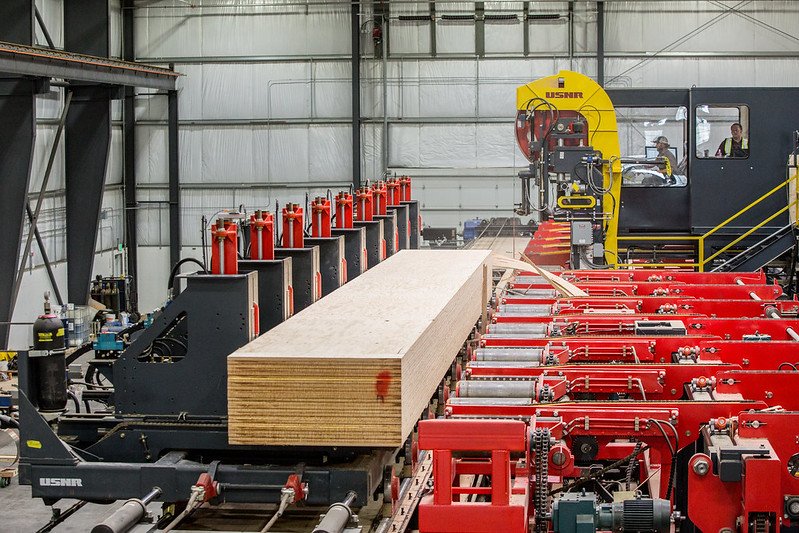Redmond Senior & Community Center
Senior & Community Center built with climate-resilient wood
In 2022, Opsis Architecture broke ground at the Redmond Senior & Community Center in Redmond, Washington. The Redmond Center earned the first-ever LEED Green Building point recognizing wood products linked to climate-resilient forest stewardship.
The U.S. Green Building Council administers the LEED-certified green building program nationwide to encourage and verify green building practices. USGBC has been advocating for full transparency related to sourcing of all building materials, and the Redmond Center achieved that with a unique, enhanced tool for tracing where the wood came from and verifying it came from climate-resilient forestry. Wood in the Redmond Center was harvested in Oregon's Willamette Valley on Bureau of Land Management (BLM) land, stewardship achieved ecological and climate resiliency outcomes; was milled into Mass Plywood Panels at Freres Engineered Wood in Lyons, Oregon; and installed in the center being built in Redmond, Washington.
Sustainable Northwest's role was to partner with the U.S. Bureau of Land Management, Freres Engineered Wood, and Opsis Architecture to track the wood from the forest to the final installation.
Follow the wood's journey from forest to manufacturer to building below.
Where it started:
Bureau of Land Management Forestland in Oregon’s Willamette Valley
The Bureau of Land Management was engaging in a forest restoration project that involved removing small diameter trees from an overstocked stand at high risk for catastrophic wildfire, in the Willamette Valley. The restoration project was monitored and documented by forest scientists as well as Sustainable Northwest.
Before, the harvest the site was overstocked with small-diameter trees, mostly Douglas-Fir, with few other tree species in the stand. Stands like this are unhealthy.
These stands have low growth rates and deliver limited ecological or habitat value. The harvest restored more natural spacing and species diversity to the site, and created a mixed age class of trees - ranging from young (>20) to some that were 60 years or older. Harvest outcomes include improved understory, mid-story, and canopy, and increased forage and habitat for wildlife. This restoration project improves forest health, reduces the risk of a catastrophic fire, and creates materials that support local jobs and building materials.
What was created:
Mass Plywood Panels by Freres Engineered Wood
Freres Engineered Wood milled and manufactured the Mass Plywood Panels (MPP) for the Redmond Center. Freres' Mass Ply is a patented, veneer-based engineered wood certified by APA - The Engineered Wood Association.
MPP is a type of mass timber panel assembled with Douglas-fir veneers, which are glued and pressed together, creating a large format wood platform that can be manufactured in 1" thickness increments. Think of a really big sheet of plywood!
Douglas-Fir trees from the BLM harvest site were used to create the MPP panels. Freres is able to make use of the small diameter trees that need to be thinned from these sites. Learn more about Freres' Mass Ply product here.
The final product:
Redmond Senior and Community Center
The Redmond Senior and Community Center in Redmond, Washington, was designed by Opsis Architecture and uses Freres' Mass Ply in the ceiling inside, as well as in the eaves outside. With Sustainable Northwest's help, Opsis secured the first-ever point from LEED/U.S. Green Building Council for building with wood products connected to forest restoration and landscape resilience. LEED awarded the point under the "innovation" category.
The innovation point was awarded for mass timber used in the Redmond building because Sustainable Northwest was able to help the builders do two unique things that existing certifications and LEED points are not designed to do:
The project achieved full disclosure related to wood sourcing, tracing wood from the building back to the forest in tandem with documenting mill level log sourcing data.
The project verified that the forestry contributed to improved landscape resilience and climate values.
Designers, builders and other contributors:
City of Redmond - Owner
Opsis Architecture – Design Architect
Johnston Architects – Associate Architect
Carpentry Plus - Construction firm
Absher - Contractor
PAE – Mechanical, Electrical, Plumbing engineer, technology designer, energy modelling/LEED
Lund Opsahl – Structural Engineer
SNW - Wood Advisor







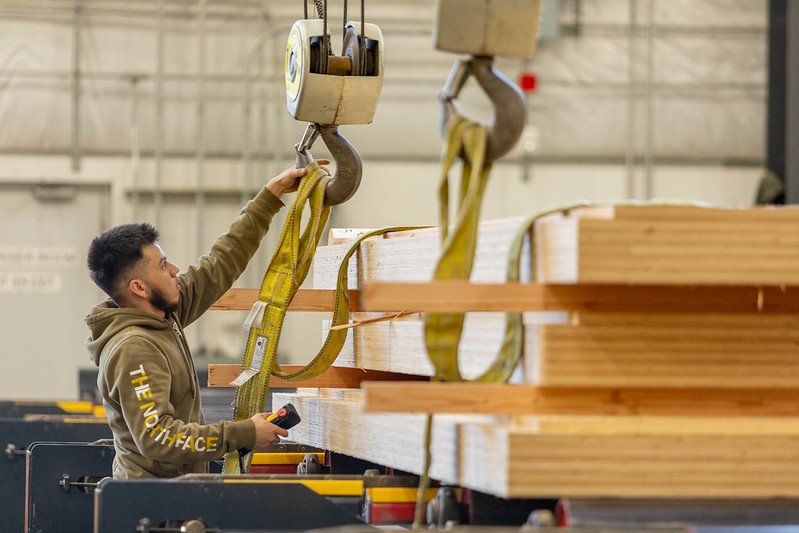
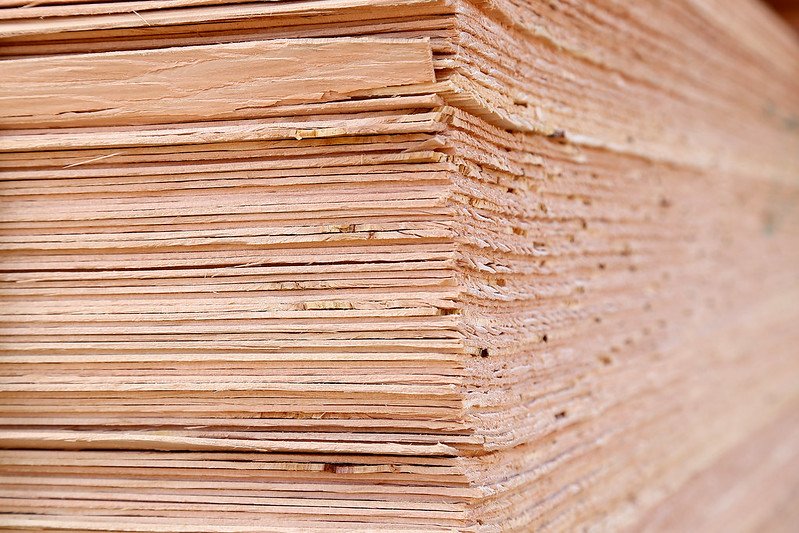


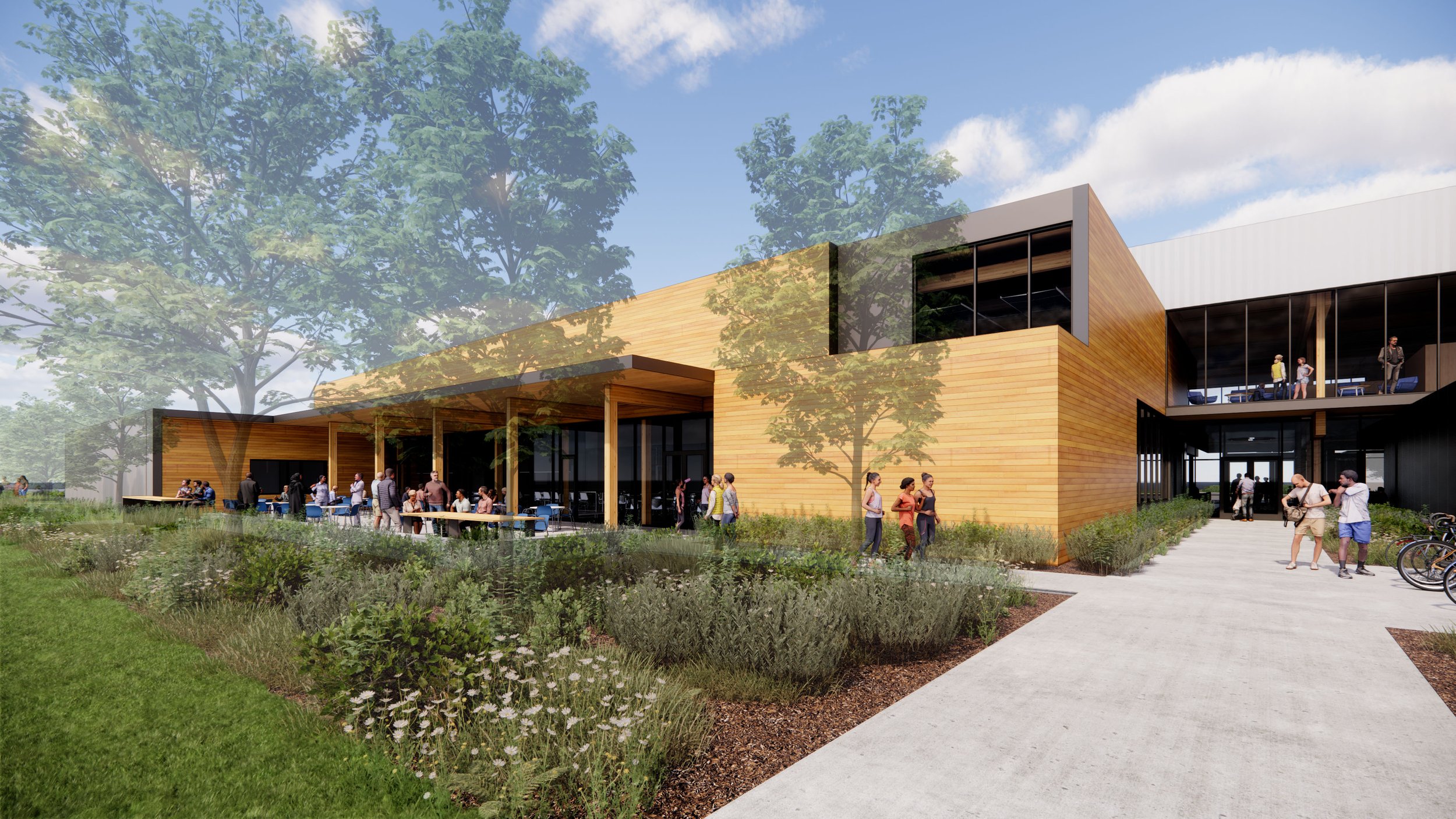
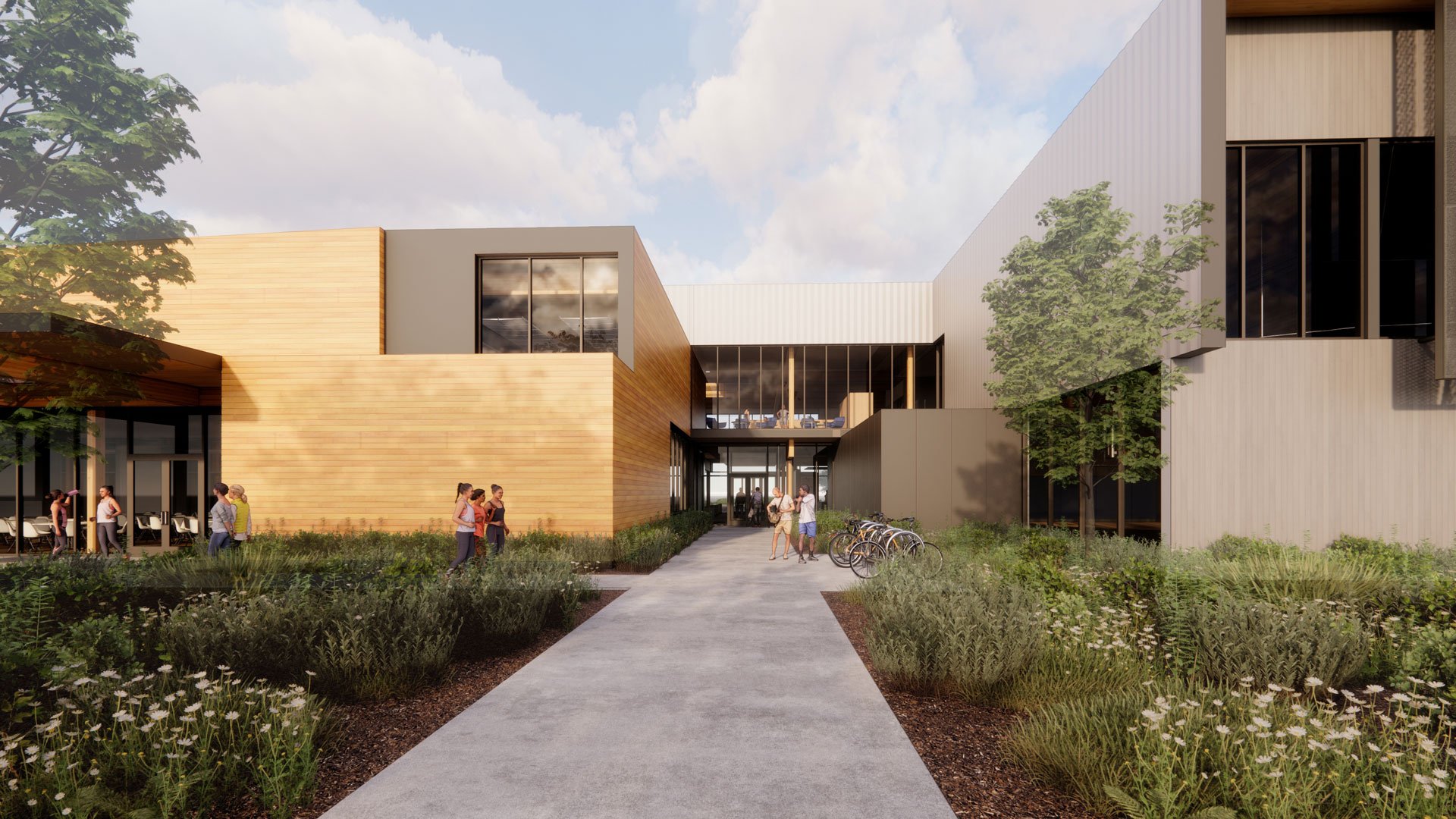
WHAT IS CLIMATE-RESILIENT WOOD?
Climate-resilient wood is wood products that are tracked back to timber sourced from landowners that steward forests in ways that increase stand health, complexity, and landscape resilience. Climate-resilient wood is not a binary designation. It is an outcome-based method built to recognize different landowners for stewardship of forests, in all its forms. Another term often used is climate-smart wood.
Photos show the U.S. Bureau of Land Management forest restoration site in Oregon where the timber was procured; Mass Plywood Panels being manufactured at Freres Engineered Wood; mass panel plywood being installed in the Redmond Center ceiling inside and eaves outside; and a rendering of the the final building. Construction will be complete in mid 2024. Photos by Sustainable Northwest, Opsis Architecture, and Freres Engineered Wood.
This material is based upon work supported by the U.S. Department of Agriculture, under agreement number NR233A750004G042.
Any opinions, findings, conclusions, or recommendations expressed in this publication are those of the author(s) and do not necessarily reflect the views of the U.S. Department of Agriculture. In addition, any reference to specific brands or types of products or services does not constitute or imply an endorsement by the U.S. Department of Agriculture for those products or services.
USDA is an equal opportunity provider, employer, and lender.

